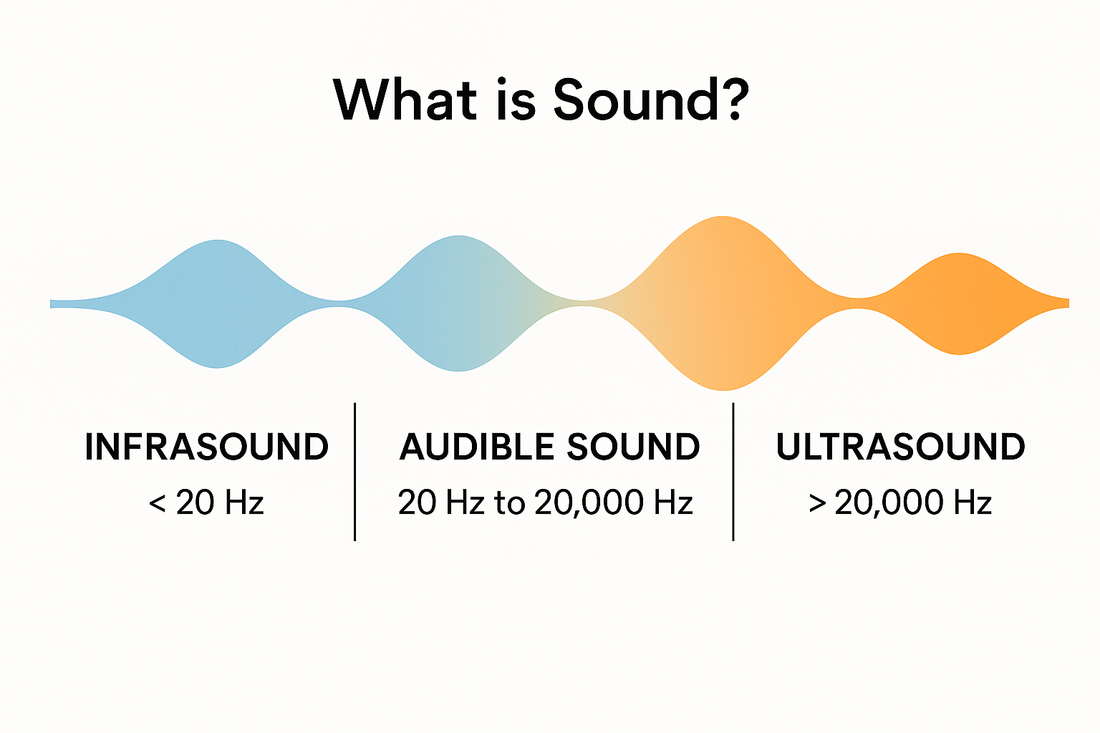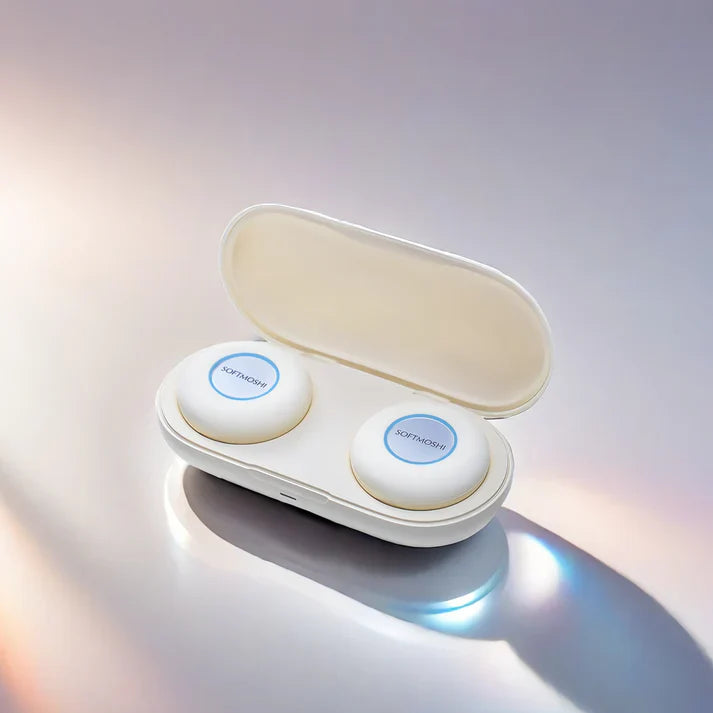
The Physics Behind Ultrasound: Why Can’t We Hear It?
Share
We’re surrounded by sound every day—talking, music, city noise. But there’s a powerful kind of sound we can’t hear, even though it’s widely used in medicine, cleaning, and even the compact massager in your drawer. We’re talking about ultrasound.
So what exactly is ultrasound, and why can’t human ears detect it? Let’s explore the fascinating science behind this “silent” energy.
What Is Sound? And How Do We Hear It?
At its core, sound is a mechanical vibration—a wave of pressure that moves through air (or another medium) and reaches our ears. Our hearing is limited to a specific range of these vibrations, measured in frequency (Hertz or Hz):
🔊 Human hearing range: 20 Hz to 20,000 Hz
This is called the audible range.
-
Frequencies below 20 Hz are called infrasound.
-
Frequencies above 20,000 Hz are called ultrasound.

Why Can’t Humans Hear Ultrasound?
Our ears are incredible, but they have limits. The key parts—eardrum, tiny bones, cochlea—only respond to a certain range of frequencies.
Ultrasound goes beyond those limits because:
-
🌀 It vibrates too fast for our auditory system to follow.
-
🌫️ Its energy fades quickly in the air, especially at high frequencies.
-
🧬 Human evolution didn’t prioritize detecting high-frequency sound, unlike some animals (e.g. bats or dolphins).
In short: we weren’t built to hear it—though it still affects the world around us.
Ultrasound in Everyday Life
Even though we can’t hear it, ultrasound is quietly transforming industries and lives. Here are just a few real-world applications:
🏥 Medical Imaging
Ultrasound scanning (like pregnancy scans) works by bouncing sound waves off tissues to create images—safe, painless, and powerful.
🧽 Industrial Cleaning
Ultrasound is used to clean delicate objects like watches, lenses, and circuit boards by producing microscopic vibrations in cleaning fluid.
💆 Home Wellness Devices
Portable ultrasound massagers help stimulate soft tissue, promote circulation, and ease muscle tension—all without a single sound.

The Power of “Silent Sound”
Ultrasound is technically sound—it just moves at a frequency that’s invisible to our ears. And in many ways, that’s its superpower.
-
It penetrates deep tissue without causing damage.
-
It stimulates cells and supports recovery.
-
It offers a non-invasive, quiet, and precise form of therapy and care.
Final Thoughts
Ultrasound isn’t soundless—it’s sound beyond hearing.
Though our ears can’t pick it up, its presence is real, and its benefits are tangible. From hospital scans to compact wellness tools, ultrasound represents the future of sound technology.
So next time you pick up your silent little massager, remember: it’s more than a gadget—it’s a piece of invisible science in the palm of your hand.
Want to explore more about ultrasound wellness?
Check out our other blog articles or browse our product line to discover how modern sound technology is shaping tomorrow’s self-care.

